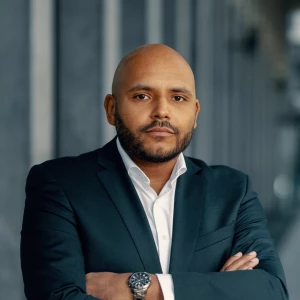So I am preparing for an interview, which will last 1.5 hours. There is a personal fit and a general part (about the company, etc.). This also includes a 45-minute case study followed by a 15-minute pitch. I will also have to build a little PowerPoint for this case study in the 45 minutes.
My question is, how do I prepare for that? Because most of the frameworks and stuff like that online are like 20-30 minute case studies where you talk to your interviewer. Do you think I should use a framework like for the “normal” case studies?
Thanks in advance for the help!
















